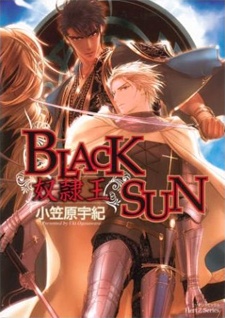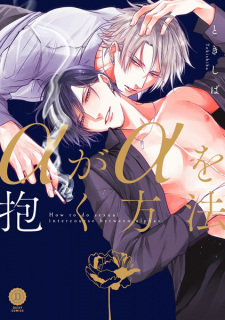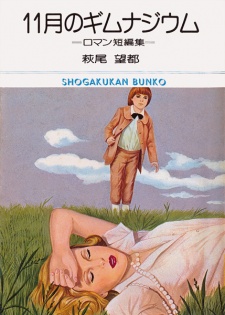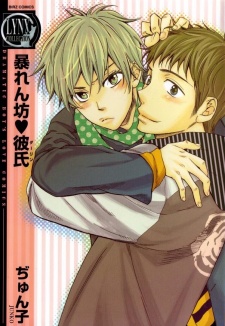Feb 20, 2013
While some details like the heres and wheres are vague, others are built up enough to impart to the reader a solid understanding of the character’s histories and motives as well as the cultural protocols and the schemes under which they operate. For example, the information that is given about Leonard’s youth helps us recognize the cultivated need to honor his family yet to also defy or disassociate himself with them. In turn, we understand his desire to see the world and consequently support his choice to embark upon knighthood. There’s also Jamal’s parade through the city, his acceptance of it and the cheers and
...
jeers that are hurled in his direction during it. In order not to give anything away, I’ll just say that along with the Emperor’s detailed prescription and Nicolaides’ realization/criticism, the parade exposes some principles of their culture pertaining to how they enforce accountability and manage repercussions and rewards in accordance to an individual’s position and in light of their merits. Furthemore it helps frame Jamal’s background and his relationship with the Emperor including where Nicolaides fits into the picture. All of the moments that feed these examples help the story develop and unfold and in a cohesive and engaging way. There are many other things, too. And with the integration of all of these bits and pieces is where I believe Ogasawara has won me over with this story and made the greatest improvement where her storytelling is concerned.
Reviewer’s Rating: 8
What did you think of this review?
Nice
 0
0
Love it
 0
0
Funny
 0
0
Confusing
 0
0
Well-written
 0
0
Creative
 0
0Show all

 (1).png)
























